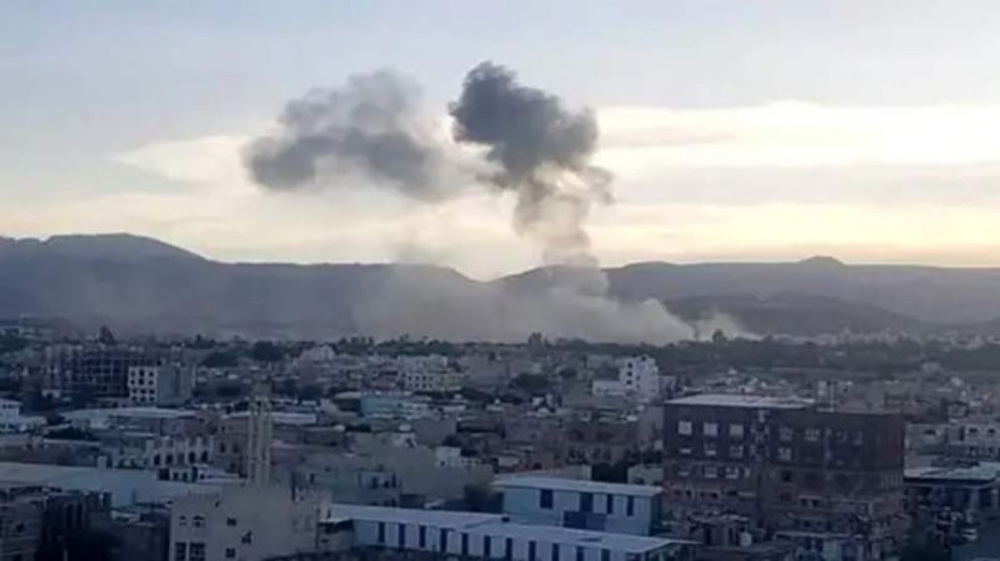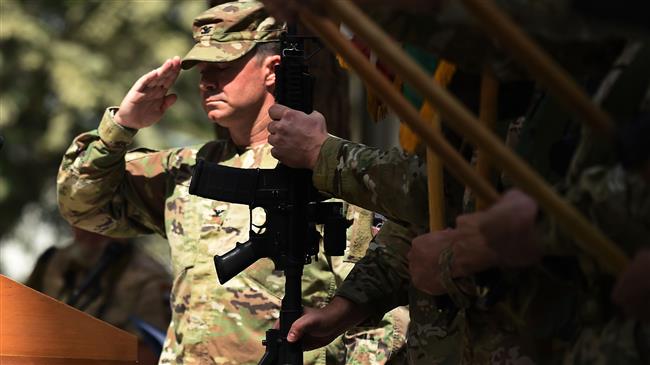US Army to equip 1st contingent of Afghanistan-bound troops with mini drones
American forces in Afghanistan tied to the 82nd US Airborne Division will become the first infantry Army battalion to employ pocket-sized drones on their impending deployment to the war-torn country.
Soldiers with the Division's 3rd Brigade Combat team were issued Black Hornet Personal Reconnaissance System in the spring and received training on how to use the small drones that resemble miniature helicopters, US-based pro-military news outlet Stars and Stripes reported Friday.
"This kind of technology will be a life-saver for us because it takes us out of harm's way while enhancing our ability to execute whatever combat mission we're on," said Sgt. Ryan Subers, who received the training, as quoted in an Army statement. "I'm very grateful for technology like this and to be a part of the first unit to use it."
The Army initially purchased Black Hornets, made by Oregon-based FLIR Systems Inc., for testing with its Special Forces units in 2016. The company’s website describes the drones as extremely light, nearly silent and with a flight time of up to 25 minutes.
According to a FLIR official who spoke at a demonstration during a NATO military drill in Norway last fall, the drone -- which weighs less than two ounces -- can be deployed in less than one minute and has a range of over a mile.
The tiny device is intended to eliminate battlefield blind spots with the aim of saving troop's lives and avoiding unintentional damage or deaths.
"With this system, you can [positively identify] enemies, you can look for [improvised explosive devices] on your route," said an FLIR supervisor and operator, Kristian Molander, as quoted in the report. "If you're taking fire from areas you can't see, you can use this system to identify stuff before you move into the line of fire."
The basic configuration of a Black Hornet system includes one drone for day and one for night, a base station that connects to a handheld controller, and a display about the size of a tablet computer, but it varies from customer to customer, said FLIR spokesman Joe Ailinger, adding: "The configuration is flexible and can be customized as needed," he said.
According to an Army statement issued last May, Wireless commands and data sent between the drone and its controller are encrypted to protect it against hacking.
In addition to a $2.6 million contract awarded to FLIR last spring, the report adds, the US Army awarded the company nearly $40 million in January of this year to provide Black Hornets for the Army's Soldier Borne Sensor program.
The deal would provide the Army with 9,000 systems, each with two drones, it noted.
The 1st Battalion, 508th Parachute Infantry Regiment, is planning to employ the drones next month in Afghanistan, while other elements of the brigade wait to see how best to employ the system, said a brigade spokesman cited in the report.
The hand-held devices are expected to become standard kit for units across the Army, providing near-real time video that will allow soldiers to better survey their surroundings and detect enemies in combat.
Elements of the US Army’s 3rd Brigade Combat Team – based in Fort Bragg, North Carolina -- including the drone-equipped battalion, will be deploying to Kandahar in southern Afghanistan next month, according to the report.
The 1st Security Force Assistance Brigade, which was deployed to Afghanistan last year, is set to become the second Army unit to receive Black Hornet drones later this year, it added.
Jan. 15: ‘Axis of Resistance’ operations against Israeli occupation
VIDEO | US fires: Criticism mounts over govt. failure to respond
VIDEO | Fears, hope in Gaza amid intensified ceasefire efforts
VIDEO | Press TV's news headlines
Hamas: Ceasefire agreement result of steadfastness, resistance in Gaza over 15 months
Hamas thanks Iran, Resistance Front following achievement of ceasefire in Gaza
'Capitulation': Israeli officials and media concede Gaza defeat as truce unfolds
'Gaza has won': Social media users react to ceasefire with mix of relief, joy














 This makes it easy to access the Press TV website
This makes it easy to access the Press TV website